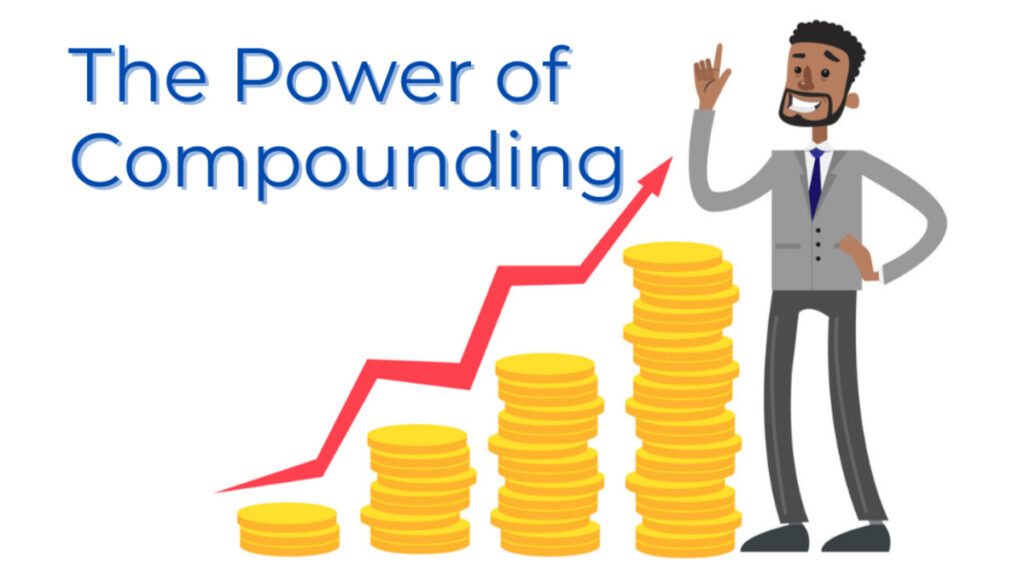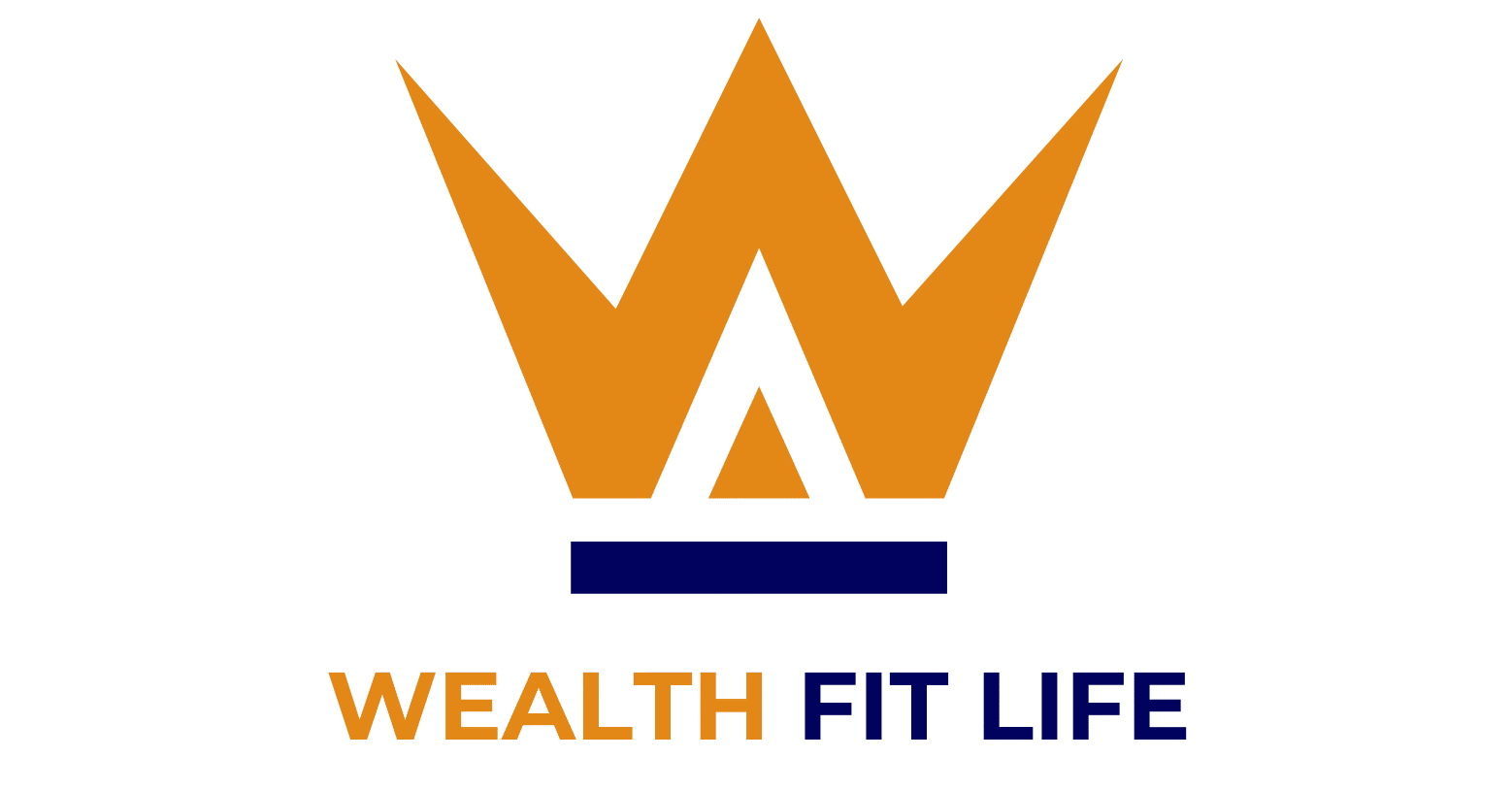When it comes to building wealth, compound interest is often hailed as one of the most powerful tools at your disposal. Albert Einstein reportedly called it the “eighth wonder of the world,” and for good reason—compound interest has the ability to grow your money exponentially over time. In this blog, we’ll dive into how compound interest works, why starting early is crucial, and how you can make the most of this financial phenomenon.
Here I want to tell you a story about compounding. So, long time ago a king gets into some kind of trouble and he called the wisest man of his village to solve the problem. After listing to all the things clearly the wise man came up with lots of solutions of the problem and after that the king got relieved and decided to give the man reward for his work, so he asked him about his wish. The man smiled and said that “I don’t want any precious things or any jewellery, I just want wheat”.
Listening to this the king laughed and asked man that how much wheat does he want. The man simply asked to just put a single grain of wheat on the first box of chess board and then double it for the another one and repeat the process until the last box. King laughed loudly and thought the man is a fool and asked the soldiers to do exactly what the man is asking for.
After sometime the soldiers came and told the king that the amount of wheat the man is asking is not available even in the whole village. The king got shocked and looked desperately towards the man. The man smirked and said “This is the power of compounding”.
What happened here is as we put a grain on the first box and then doubles it for the second box we will get 2 on the second than 4, 16,32 and 9.223 quintillion in the last box and around 18 quintillion in all over the board which will weigh approximately 720 trillion kilograms. This is compounding.
What is Compound Interest?

Compound interest is essentially earning interest on your interest. Unlike simple interest, which only applies to the principal (the original amount invested), compound interest applies to both the principal and the accumulated interest. Over time, this snowball effect causes your investments to grow at an accelerating rate.
Let’s break it down with an example:
- Imagine you invest $1,000 at a 5% annual interest rate.
- After one year, you’ll earn $50 in interest.
- In the second year, you’ll earn interest not just on your original $1,000, but also on the $50 interest from year one—bringing your total to $1,102.50.
- Over decades, this compounding effect can turn modest investments into substantial wealth.
Why Starting Early is Key
The magic of compound interest is most effective when paired with one critical ingredient: time. The longer your money has to grow, the more significant the compounding effect will be.
Let’s compare two scenarios to illustrate the importance of starting early:
- Investor A starts investing at age 25:
They invest $200/month at an average annual return of 8%. By the time they turn 65, they’ll have approximately $622,000. - Investor B starts investing at age 35:
They invest the same $200/month at the same 8% annual return. By 65, they’ll have only $272,000.
Despite investing for only 10 fewer years, Investor B ends up with less than half the wealth of Investor A. This highlights a key lesson: the earlier you start, the greater your financial advantage.
The Cost of Waiting
Delaying your investment journey, even by a few years, can have a significant impact on your future wealth. Every year you wait is a year lost to the power of compounding.
For example, if you delay investing $5,000 for just five years at a 7% annual return, you could lose out on nearly $20,000 in potential growth over 30 years.
How to Harness the Power of Compound Interest
Here are a few practical steps to make the most of compound interest:
- Start Early:
The best time to start investing was yesterday. The second-best time is today. Even small contributions can grow significantly over time. - Be Consistent:
Regular contributions are key. Set up automatic transfers to your investment account to ensure you stay on track. - Reinvest Earnings:
Avoid withdrawing your returns. Reinvest dividends and interest to maximize compounding. - Choose Growth-Oriented Investments:
Assets like stocks and mutual funds often provide higher long-term returns compared to savings accounts or bonds. - Stay Patient:
Compounding works best over the long term. Don’t be discouraged by short-term market fluctuations—focus on the big picture.
Final Thoughts
The power of compound interest is undeniable, but it requires two things: time and discipline. Starting early gives you a head start, allowing your money to work harder for you. Whether you’re saving for retirement, a down payment, or financial independence, compounding can be your greatest ally.
So, what are you waiting for? The sooner you start investing, the sooner you can let the power of compound interest transform your financial future.
Read More: https://wealthfitlife.com/top-5-investment-strategies-for-beginners-to-get-started/
FAQs
1. What is compound interest?
Compound interest is the interest earned on both the principal amount and the interest that has already been added to it. Over time, this compounding effect leads to exponential growth in your investments.
2. How does compound interest differ from simple interest?
Simple interest is calculated only on the initial principal amount, while compound interest is calculated on the principal plus any previously earned interest. Compound interest grows faster because it builds on itself.
3. Why is starting early so important when it comes to compound interest?
The earlier you start, the more time your investments have to grow. Time amplifies the effect of compounding, meaning even small contributions made early can grow significantly larger than larger contributions made later in life.
4. How is compound interest calculated?
The formula for compound interest is:
A = P (1 + r/n)^(nt)
Where:
- A = the final amount
- P = principal (initial investment)
- r = annual interest rate (decimal)
- n = number of times interest is compounded per year
- t = time in years
5. How much of a difference does starting early really make?
Starting early can make an enormous difference due to the snowball effect of compounding. For example, starting at age 25 instead of age 35 can result in more than double the amount of money by retirement, even if the monthly contributions remain the same.
6. Can compound interest work for small amounts of money?
Yes! Even small amounts can grow significantly over time with compound interest. Consistency and time are more important than the size of the initial investment.
7. How often should interest be compounded for the best results?
The more frequently interest is compounded, the faster your investment grows. Common compounding frequencies include annually, quarterly, monthly, or daily. For example, daily compounding yields higher returns than annual compounding.
8. What types of investments benefit most from compound interest?
Investments that offer growth over time, such as stocks, mutual funds, ETFs, and high-yield savings accounts, are great for compounding. Reinvesting dividends and interest further boosts the compounding effect.
9. Is there a downside to relying on compound interest?
The primary downside is that compound interest works best over the long term. It requires patience and discipline, as the benefits may not be immediately noticeable. Additionally, inflation and taxes can eat into the returns, so it’s essential to choose investments that outpace inflation.
10. How can I start benefiting from compound interest today?
- Open a retirement account like a 401(k) or IRA.
- Start investing in mutual funds, ETFs, or dividend-paying stocks.
- Set up automatic contributions to an investment or savings account.
- Reinvest earnings to maximize the compounding effect.
- Most importantly, start as early as possible, even with small amounts.

Pingback: How to Start a Business with a Small Budget - WealthFitLife
Pingback: Top 10 Best Investment Apps for Beginners and Pros - WealthFitLife